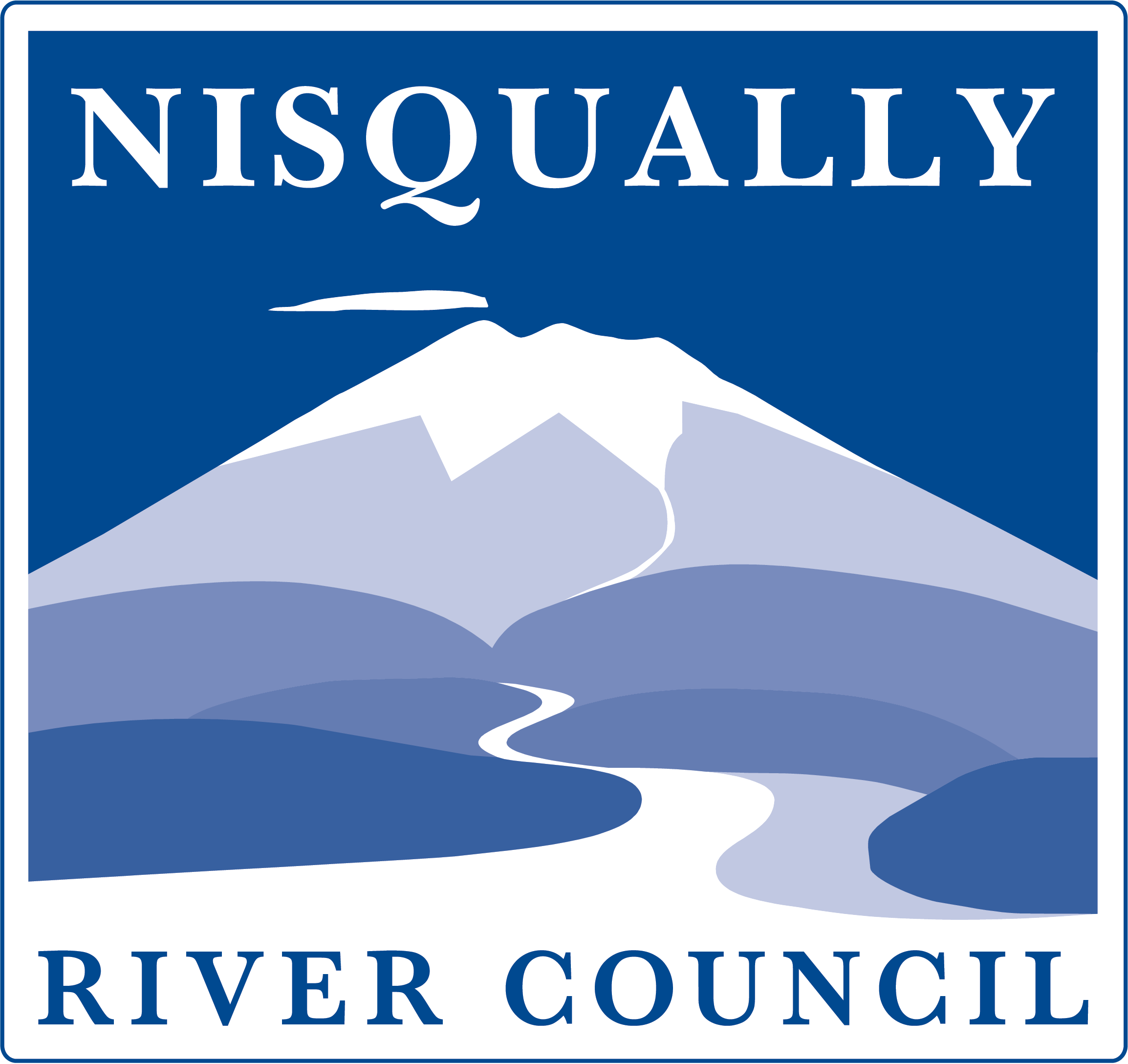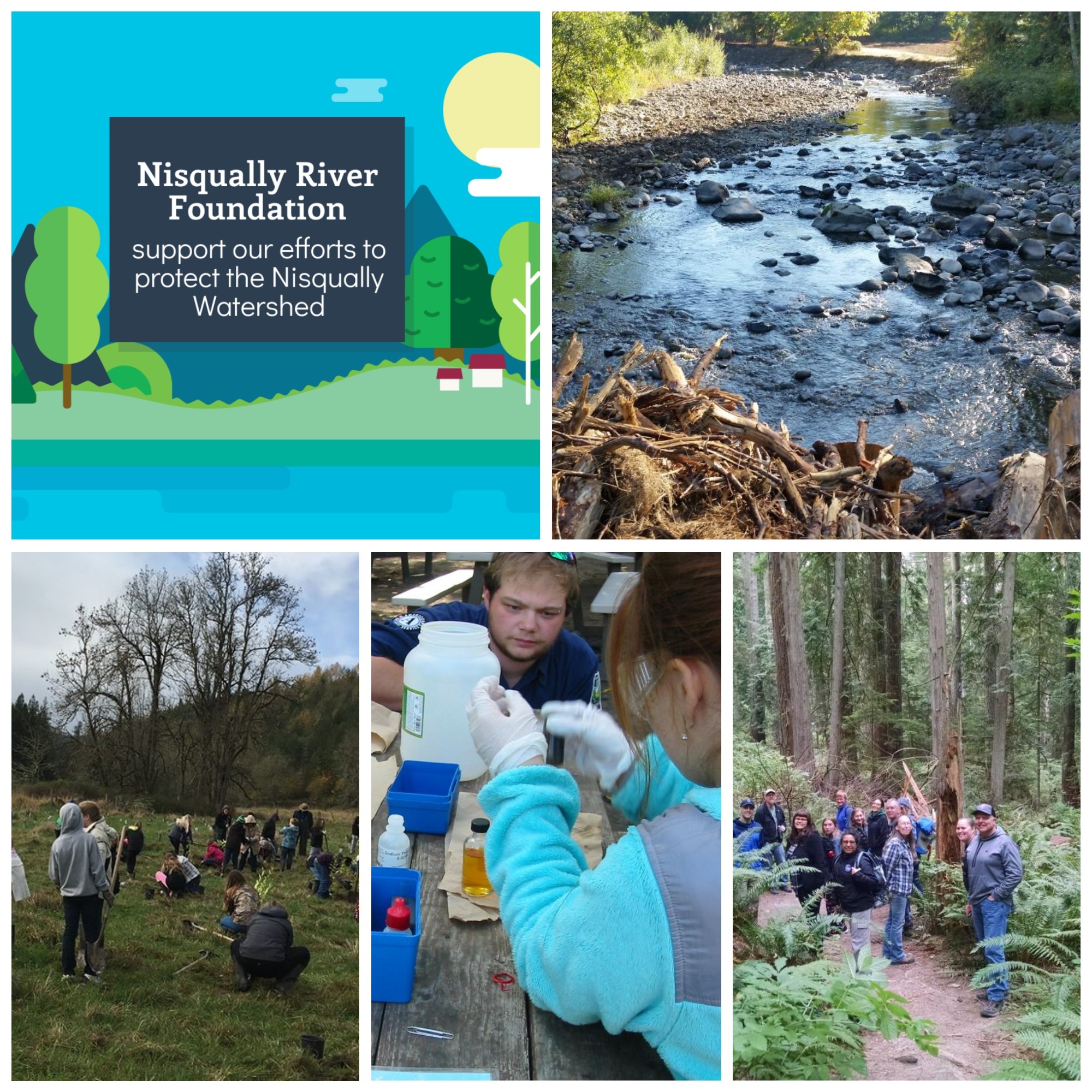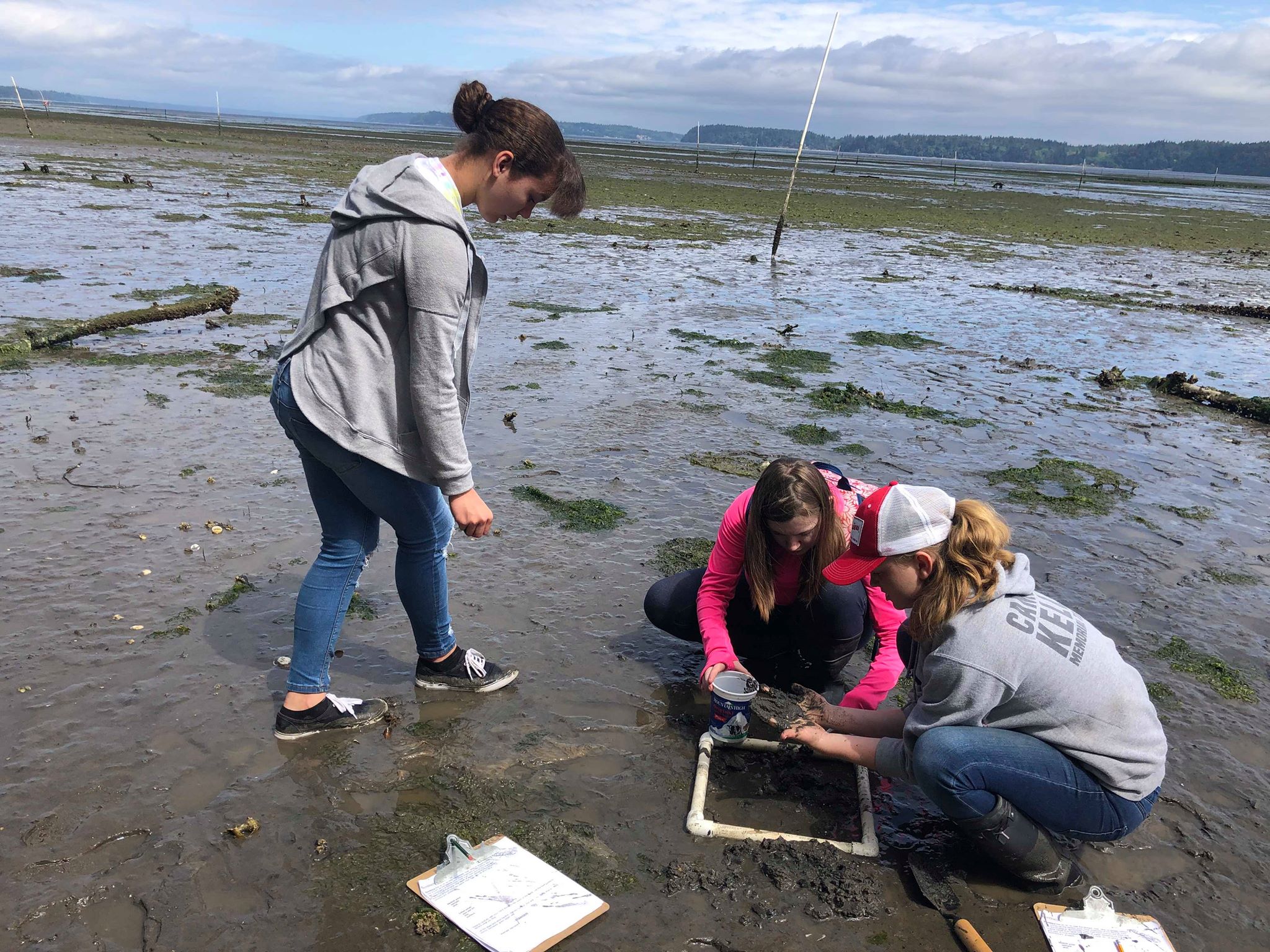The Billy Frank Jr. Nisqually National Wildlife Refuge is a great place to witness animals in their natural habitats, and to watch the plants of the northwest come to life. The NREP combines forces with our federal friends to take 4th and 5th graders out to the refuge for a data oriented field trip called Eye On Nature. As always, students are introduced to their trip through a pre-trip presentation given in the classroom. We explore the history and benefits of the refuge followed by an introduction to the workbook they will use as a guide to their field trip.
Students arrive and receive a clipboard with a data sheet and work book. The latter contains a block map and a habitat map of the refuge (examples below), as well as images of different animals and plants the students can expect to observe. These two maps are used in coordination with the data sheet to track observations. Data is entered into two different data bases, one of which is nationally utilized! Bird sightings are entered to eBird and everything else is entered into an Eye On Nature database. It’s exciting for students to know their data will become a part of something even larger than their field trip! Click here for an example of how eBird data is used to build migration maps.
Now our young scientists are ready to explore the refuge. They do so in groups of 4-5 with a group leader who’s either a staff member or one of our wonderful volunteers. This format allows a better experience for the students because they can ask more questions as well as more easily shush one another when they spot an animal!
Some students start the morning with Nature Mapping. Each student carries a pair of binoculars with their clipboard, and as they walk around the refuge the group lead assists in recording any animals the students spot. This includes date, time, location block, habitat type, animal observed, and how many. (See above) Some of the animals we’ve spotted so far are eagles, muskrats, hummingbirds, Downy Woodpeckers, and even a River Otter!
Other students will start their day with an ethnobotany walk. This allows us to focus on the habitats of the animals, and share information on different historic uses for plants such as Big Leaf Maple, Licorice Fern, Salmonberry, and more! We also take a moment to practice Sound Mapping. Students sit in silence for a few minutes and write down the different sounds they hear and what direction the sounds came from. Some students notice that the longer they remain quiet, the more sounds they will hear. We follow this with a discussion of the different sounds they heard and what their favorites were.
Halfway through the trip we enjoy lunch at the Twin Barns where there’s plenty of room to run and play. Students switch into new groups for the afternoon depending on what they did in the morning. We finish their trip with a reflection their day: What did they do well, what did nature teach them? Volunteers and staff enjoy listening to students responses because we can tell how much the students enjoyed simply exploring the refuge. Many students plant to visit the refuge again, and we know that next time they’ll be the group lead for their own families.
I’d like to leave you with some stories and quotes shared by two staff members, Danika and Morgan.
From Danika:
While smelling red-flowering currants with 4th graders.
Danika, “This is my favorite flower smell. To me, it smells like roses and candy.”
4th grade boy, “No, it smells like roses and bubble gum.”
Other 4th grade boy, “I think it smells like velvet.”
“I strongly believe that wildlife… is… AWESOME!”
“Nature is more high-definition than any TV! It’s so beautiful!”
From Morgan:
-Several 5th grade students from Rainier Elementary had participated in Eye on Nature as 4th graders. Returning to the Refuge for a second time helped build on previous knowledge because the students remembered a majority of native plants seen during the walk. Their knowledge made it super useful to have conversations about ecology and the reasons certain animals lived or were seen in certain areas.
-Grace Ann Byrd, Nisqually Tribal Member and Master Garden, attended one of the field trips. Her deep knowledge and passion for traditional uses of native plants enriched the program so much. Not only did she share knowledge of the plants outlined in the Eye on Nature field guide, she also introduced students to many other useful plants (including dandelion greens!).




